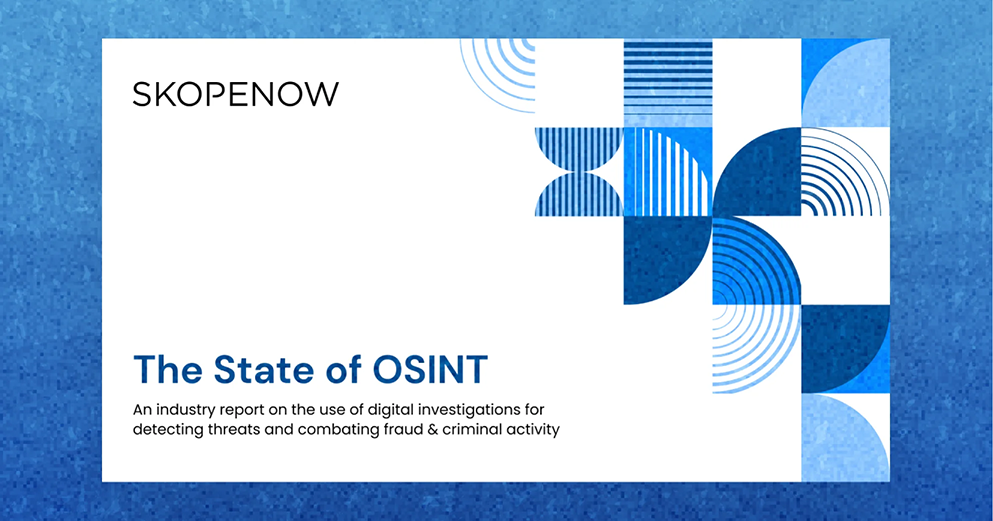May 22, 2023
How to Use Temporal Analysis to Gather Actionable Intelligence

Steve Adams
Product Marketing Manager
Tracking criminal activity and emerging threats requires attention to every detail. From social media posts to financial behavior, no information should be overlooked.
One important area that deserves more focus is time and date data. Including this information in investigations helps investigators understand the context and order of events. By examining time data closely, analysts can detect criminal patterns, predict future events, and respond effectively to complex threats, improving decision-making and reducing risk.
Uncovering Patterns with Temporal Analysis
The study of time and data is known as "temporal analysis." It involves looking at data and events across different time measurements, like hours, days, weeks, months, or years. Temporal analysis helps reveal intelligence such as event frequency and consistency, informing predictions and decisions. In law enforcement, it helps professionals focus on high-crime areas and specific time frames, link crimes to individuals, and gain insights into crime hotspots. Seasonality also plays a role in temporal analysis, helping to identify consistent behaviors to predict and allocate resources for upcoming periods. For example, if burglaries tend to increase in June, additional resources can be deployed during that month to counteract the surge in criminal activity.
Dealing with Uncertainty using Aoristic Analysis
When it's difficult to determine when an event occurred or how long it lasted, aoristic analysis comes into play. This becomes a vital part of crime and security incident analysis when critical information is lacking.
Aoristic analysis assigns a time window instead of an exact date and time to an event. This window allows analysts to record an event with a "start/from" and "end/to" time. The duration can range from minutes to hours. Aoristic analysis distributes the probability of a crime event evenly across this time span. By applying this analysis to a specific period, analysts can identify patterns and trends, like a higher chance of incidents on Wednesday mornings. This information again helps allocate resources effectively and disrupt future criminal activities.
Reconstructing Criminal Events with Timelines
Timelines are also an important tool that incorporates temporal data into investigations. They can be built using crime reports, social media data, and messages to reconstruct the chronological sequence of events leading to an incident. Intelligence analysts piece together information to understand what happened and when, identifying patterns and trends across similar incidents and possible points of intervention for future events. Understanding the sequence and timing also helps identify witnesses and suspects. Analysts can then use situational awareness tools to listen to social media and identify individuals who were near the events at relevant times.
Skopenow: Enabling Temporal Analysis
Skopenow’s people and business search solution, Workbench, uses proprietary algorithms to process unstructured data from across the internet and combine it with other public, structured data sources to create insights. Workbench synthesizes these source types to derive date and time windows that provide investigators with the context they need for fast, informed decision-making. Workbench's timeline module further enables investigators to understand when relevant events occurred through a visual timeline of content and online activity based on post frequency and post trends graphs.
Integrating temporal analysis, aoristic analysis, and timelines into crime and security investigations leads to more accurate predictions and superior resource allocation and pattern recognition. Utilizing Skopenow's advanced tools, organizations are able to stay ahead of emerging threats and make informed decisions that safeguard their interests, with time serving as a core insight in order to achieve more successful outcomes.
At Skopenow, we understand the importance of staying up-to-date on the latest developments, trends, and techniques in OSINT. Our solutions empower organizations to more effectively and efficiently gather and analyze open-source information, identify trends and patterns in the data, and detect emerging threats and fraud. Start unlocking the power of open-source intelligence with a free trial today: www.skopenow.com/try.


